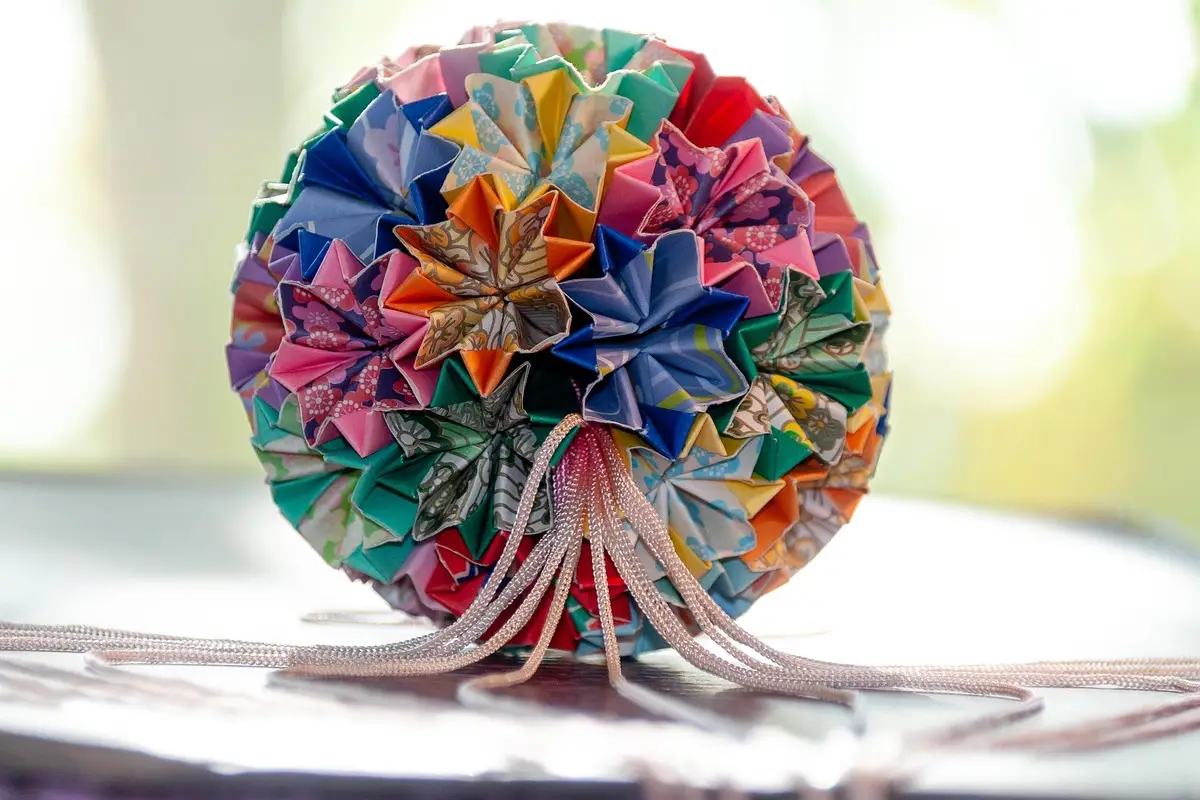This post has already been read 94 times!
Origami, the ancient Japanese art of paper folding, has fascinated people for centuries. While many start with simple shapes like cranes and boats, the world of advanced origami offers a new level of creativity and challenge. This blog post will explore some sophisticated origami techniques and how you can master them to create stunning paper art.
The Beauty of Advanced Origami
Advanced origami goes beyond the traditional folds and shapes. It involves intricate designs, complex folds, and often, multiple sheets of paper. These techniques require patience, precision, and a deep understanding of the craft.
Essential Tools and Materials
Before diving into advanced techniques, it’s crucial to have the right tools and materials. Here’s a list of what you’ll need:
Specialized Paper: Thinner and stronger paper like washi or foil paper is ideal for intricate folds.
Bone Folder: This tool helps in making sharp and precise folds.
Tweezers: Useful for manipulating small folds and creases.
Scissors: Sometimes necessary for specific designs.
Glue: Occasionally used for multi-piece models.
Advanced Techniques
1. Wet Folding
Wet folding is a technique that involves dampening the paper slightly to create softer, more rounded folds. This method is excellent for creating organic shapes like animals and flowers. To start, lightly mist the paper with water, then begin folding. The moisture allows the paper to bend without cracking, resulting in smooth, sculpted forms.
Example: Creating an Elephant
- Start with a large square sheet.
- Mist the paper lightly.
- Follow a complex elephant folding pattern.
- Use the wet folds to shape the trunk and ears.
2. Modular Origami
Modular origami involves creating multiple units or modules and then assembling them into a complex structure. Each unit is folded individually and then interlocked without the need for glue. This technique is perfect for geometric shapes and stars.
Example: Kusudama Flower Ball
- Fold 12 individual flower units.
- Assemble the units into a spherical shape.
- Ensure the pieces interlock tightly for stability.
3. Tessellation
Origami tessellation is the art of folding a single sheet of paper into a repeating pattern. This technique creates a three-dimensional, textured surface. It requires careful pre-creasing and a lot of patience.
Example: Honeycomb Pattern
- Start with a hexagon grid pre-crease.
- Fold each hexagon into a 3D shape.
- Repeat the process across the entire sheet.
Tips for Mastering Advanced Origami
Practice Basic Folds: Ensure you are proficient in basic folds before attempting advanced techniques.
Be Patient: Advanced origami can be time-consuming. Take your time and enjoy the process.
Follow Tutorials: Use books, online tutorials, and videos to learn new techniques.
Join a Community: Engaging with other origami enthusiasts can provide support and inspiration.
Real-Life Examples
Akira Yoshizawa: Often referred to as the father of modern origami, Akira Yoshizawa created thousands of designs and pioneered many techniques, including wet folding. His work elevated origami from a craft to an art form.
Robert J. Lang: A physicist and origami artist, Robert J. Lang uses mathematical principles to create incredibly complex models. His work includes intricate insects and animals that are both scientifically accurate and artistically beautiful.
Benefits of Advanced Origami
Engaging in advanced origami offers numerous benefits. It improves concentration, enhances fine motor skills, and fosters creativity. Additionally, the sense of accomplishment from completing a complex model can be incredibly rewarding.
Getting Started
If you’re new to advanced origami, start with simpler projects and gradually work your way up. Here are some beginner-friendly advanced projects:
Dragonfly: Combines basic folds with a few advanced techniques.
Flower Bouquet: Uses modular origami to create beautiful floral arrangements.
Geometric Star: A simple modular project that results in a stunning decoration.
Conclusion
Advanced origami is a challenging but rewarding pursuit. With the right tools, techniques, and a bit of patience, you can create intricate and beautiful paper art. Whether you’re looking to master wet folding, modular origami, or tessellations, the key is to practice and enjoy the process.
Have you tried any advanced origami techniques? Share your experiences and tips in the comments below. We’d love to see your creations and hear your stories!

